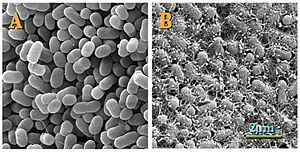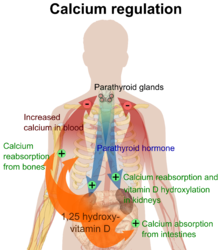Hemorrhagic colitis is diagnosed by isolation of E. coli of serotype O157:H7 or other verotoxin-producing E. coli from diarrheal stools. Alternatively, the stools can be tested directly for the presence of verotoxin. Confirmation can be obtained by isolation of E. coli of the same serotype from the incriminated food.
Undercooked or raw hamburger (ground beef) has been implicated in many of the documented outbreaks, however E. coli O157:H7 outbreaks have implicated alfalfa sprouts, unpasteurized fruit juices, dry-cured salami, lettuce, game meat, and cheese curds. Raw milk was the vehicle in a school outbreak in Canada.
Hemorrhagic colitis infections are not too common, but this is probably not reflective of the true frequency. In the Pacific Northwest, E. coli O157:H7 is thought to be second only to Salmonella as a cause of bacterial diarrhea. Because of the unmistakable symptoms of profuse, visible blood in severe cases, those victims probably seek medical attention, but less severe cases are probably more numerous.
Some victims, particularly the very young, have developed the hemolytic uremic syndrome (HUS), characterized by renal failure and
hemolytic anemia. From 0 to 15% of hemorrhagic colitis victims may develop HUS. The disease can lead to permanent loss of kidney function.
In the elderly, HUS, plus two other symptoms, fever and neurologic symptoms, constitutes thrombotic
(TTP). This illness can have a mortality rate in the elderly as high as 50%.


 Ehec
Ehec The aorta is the main The aorta is the main
The aorta is the main The aorta is the main  Diabet 2
Diabet 2


 Ecoly
Ecoly Symptoms of Deficiency Vit.D
Symptoms of Deficiency Vit.D
 D
D



